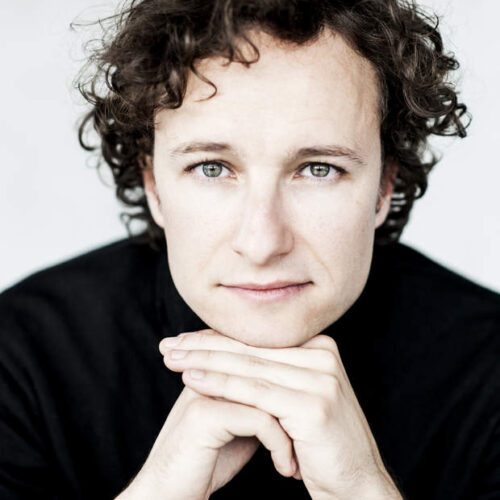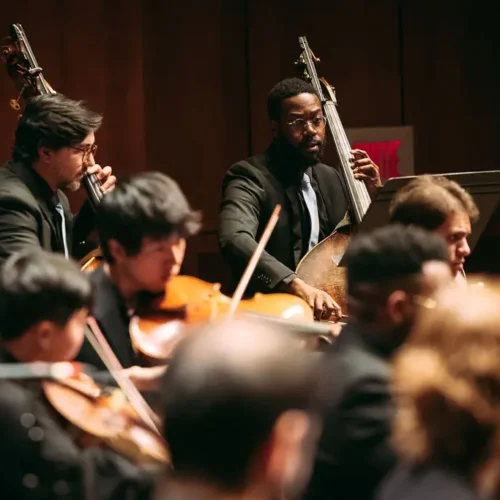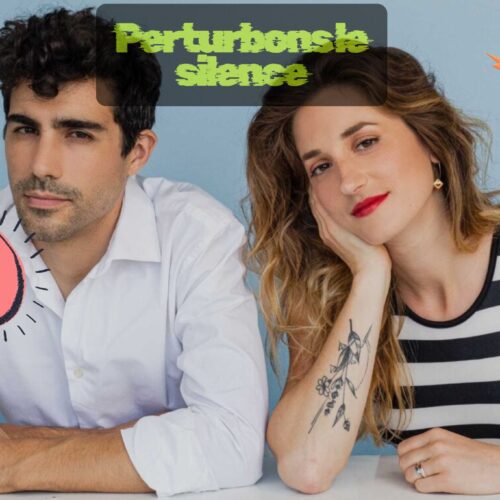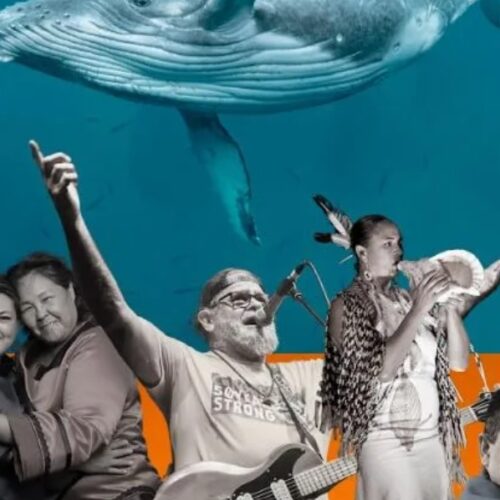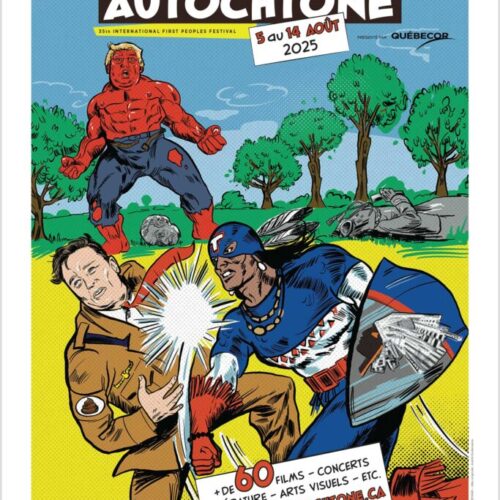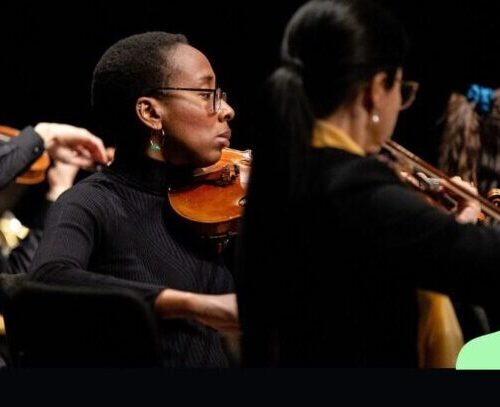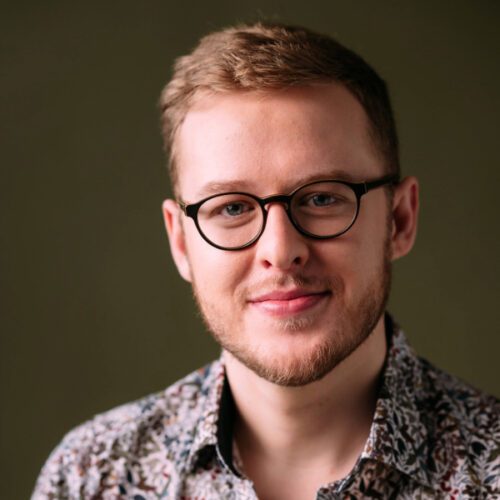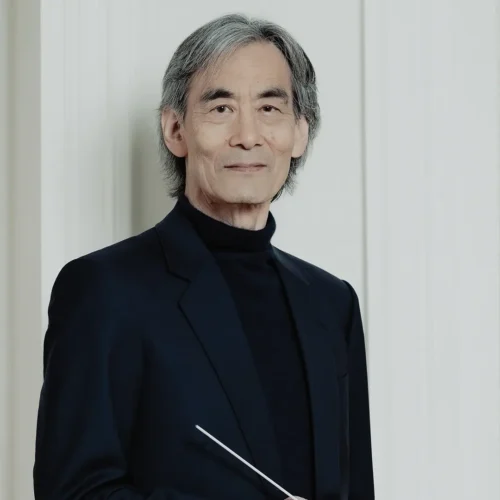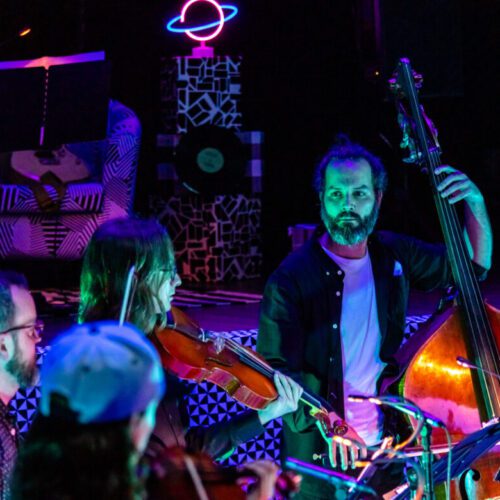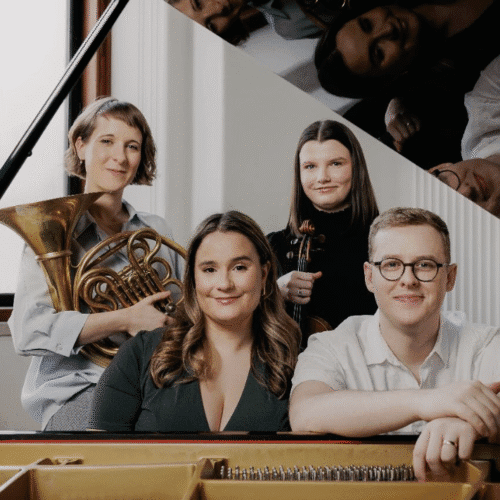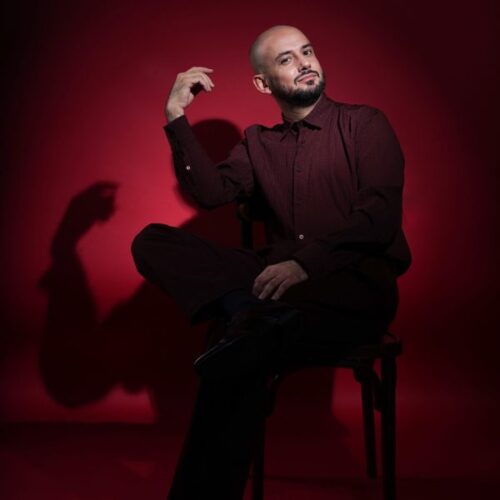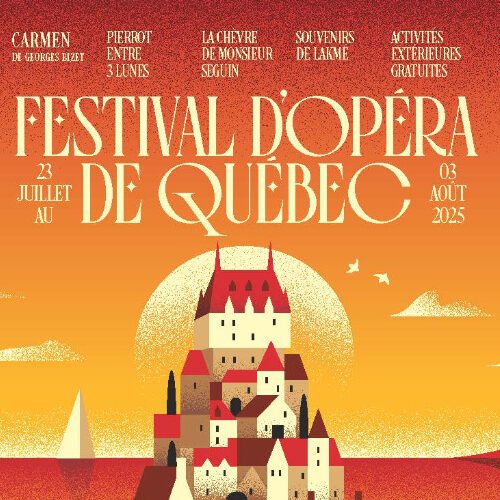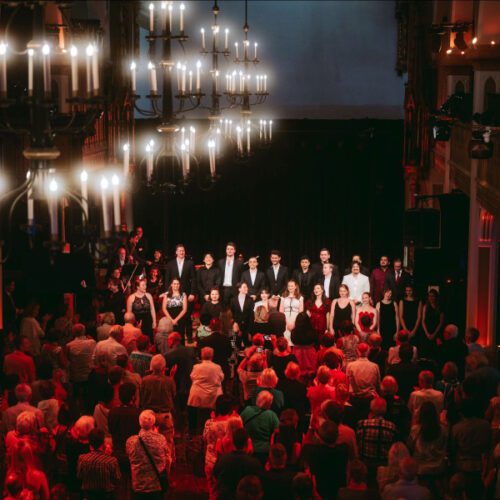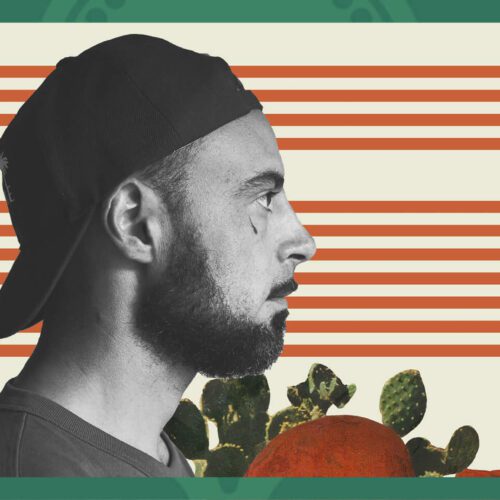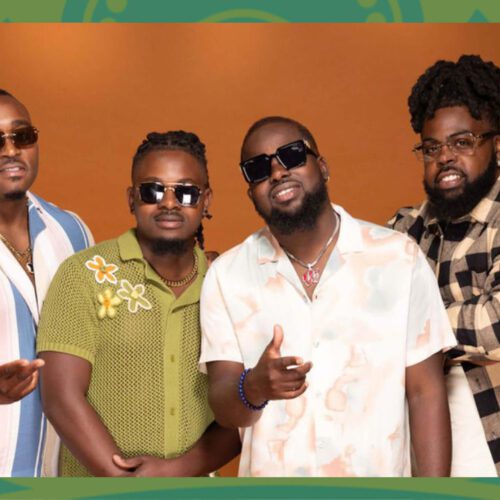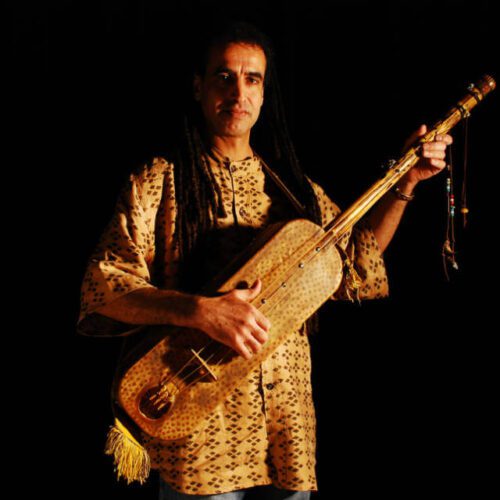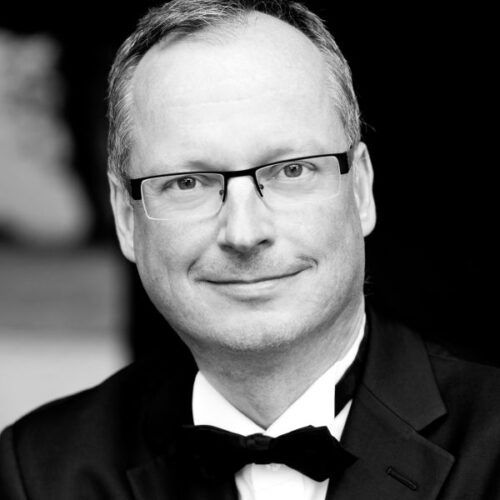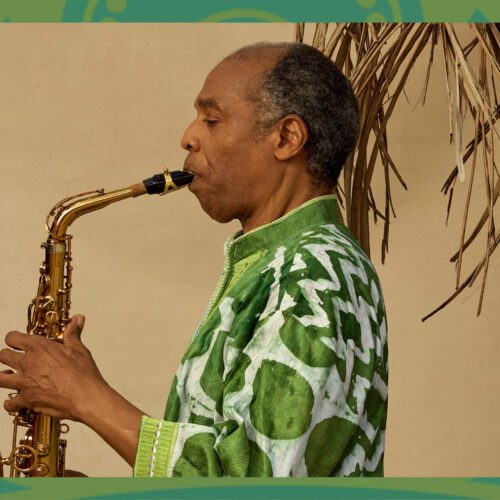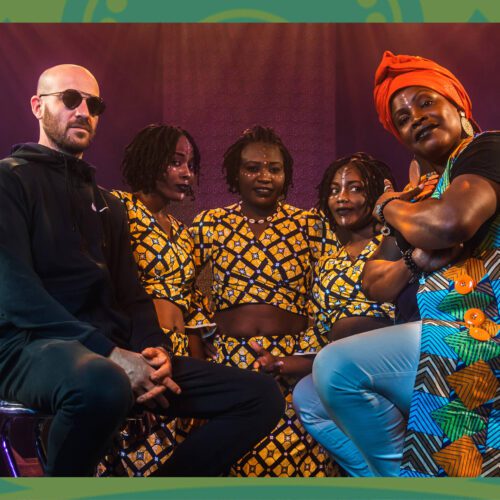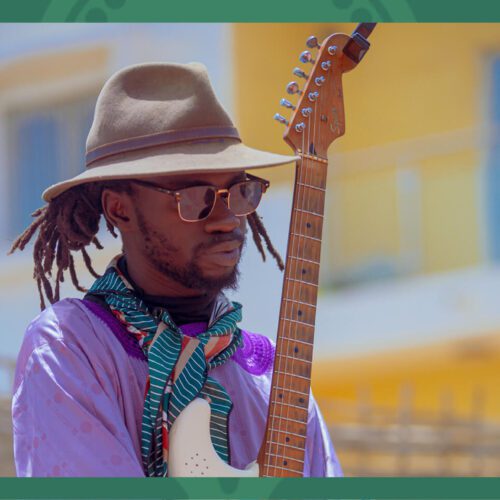Additional Information
She plays the morin khuur, an instrument also known as the “horse-head fiddle”, because its scroll is traditionally carved like an equine head. Some also compare it to a kind of cello from the Far East, but this is reductive, as Uuriintuya Khalivan explains in my interview with her. Although it has certain similarities, and is played in a similar position and with a bow, its sound characteristics are quite different. The young Montreal-based artist will be sharing a concert with Iranian Sadaf Amini on the santur. A unique encounter, perhaps even a world premiere, this will be the result of a creative residency supported by the Centre des Musiciens du Monde. The artist will be performing at the Festival du Centre des Musiciens du Monde. I invite you to listen HERE to the interview I conducted with Frédéric Léotar, Co-founder and General Manager of the Centre, who talks in detail about the festival, whose 7th edition is entitled Les routes de la soie au féminin.
DETAILS AND TICKETS FOR UURIINTUYA KHALIVAN CONCERT ON MAY 17
DETAILS AND TICKETS FOR THE WORLD MUSICIAN CENTER FESTIVAL CONCERTS MAY 16 TO 18
Pan M 360 : Hello Uuriintuya, What is your musical background?
Uuriintuya Khalivan : I come from the Halivan clan of the Barag tribe in Mongolia. I graduated from the Central University for Nationalities in China in 2010, majoring in music performance. I worked as a solo morin khuur performer in the Chinese Coal Mine Art Troupe for 12 years.
Pan M 360 : How did you first discover this instrument, the morinkhuur?
Uuriintuya Khalivan : My father is a poet, writer, and also a journalist for our local newspaper. When I was 12 years old, he went to attend a conference in another city, and when he returned, he gave me a gift. It was a morin khuur.
Pan M 360 : So what is the morin khuur? Where does it come from?
Uuriintuya Khalivan : It is an instrument in the family of bowed string instruments. It is also referred to as the ‘’Horesehead fiddle’’ because, as you can see, it always has a carved wooden horse head at the top.
Before modern improvements to the instrument, many materials extracted from horses were used in the construction of the morin khuur, including strings made from horsehair and the resonator box covered with horsehide.
There is a legend on the grasslands about the morin khuur: There was a young Mongolian man named Suhe, who had a beloved horse that they grew up together with. This horse was exceptional, winning many horse races, which stirred jealousy in others. Unfortunately, one day, his horse was secretly shot and killed, leaving him heartbroken. That night, he dreamt of his horse, which said to him: “Please use my skull, my bones, and my tail to make an instrument. When you miss me, play it.”
Of course, researchers document that the morin khuur dates back to around the 3rd century BCE among the Donghu people. But I prefer to tell the legendary story.
Pan M 360 : Can we compare it to a form of western cello?
Uuriintuya Khalivan : Certainly, they are both bowed string instruments. In terms of sound impression, there have been Western journalists who referred to the morin khuur as the “Eastern cello,” but this is somewhat one-sided. Perhaps these journalists only heard a certain style of monophonic performance on the morin khuur, which may have some tonal similarities to the cello. However, the morin khuur also has overtone techniques, which are quite unique.
In terms of instrument construction, they are completely different. The resonator box of the morin khuur is smaller compared to the cello, and the morin khuur has two sets of strings (the outer set has 110 strings, and the inner set has 90 strings), with 5 different tuning methods.
These two instruments have different ranges and frequencies.
Pan M 360 : What is the importance of this instrument in Mongolian culture?
Uuriintuya Khalivan : The morin khuur in Mongolian culture is not just a musical instrument or an object : it carries rich cultural and spiritual significance. It holds profound meaning in the lives of Mongolian people, seen as a bridge connecting humans with nature and the spiritual realm.
First, let me give you an example: In Mongolia, there is a morin khuur known as the “National Master’s Morin Khuur,” which is played by the most outstanding performers during national celebrations. I haven’t heard of any similar tradition in other countries.
Furthermore, the morin khuur holds significant importance in the daily lives of Mongolian people. As an ancient traditional instrument, it is regarded as a sacred item capable of bringing good luck and protection to families. Therefore, even if there is no one in the household who can play the morin khuur, it is often kept at home as a sacred object, serving as a symbol of divine blessing and family well-being.
The morin khuur in Mongolian culture is not merely a musical instrument, it is a symbol, a belief, carrying the emotional and ideological values of the Mongolian people towards life, nature, and tradition.
Pan M 360 : Are there many people playing it in Mongolia?
Uuriintuya Khalivan : In the past century, due to global peace, there has been a great opportunity for the development of traditional culture. Thanks to the efforts of predecessors, the appreciation from audiences, and the dedication of composers, more and more people are learning to play the morin khuur.
Nowadays, the performance forms of the morin khuur are not limited to solo performances. There are also chamber music duets, quartets, and even professional symphonic orchestras with morin khuur sections.
In Mongolia, every three years, there is an international morin khuur competition proposed by the president. Because Mongolians have migrated to various parts of the world in recent years, international competitions are now held every three years in China, Europe, and the closest United States as well.
Pan M 360 : When did you come to Canada and why?
Uuriintuya Khalivan : I came to Montreal in the summer of 2018 with my family for tourism. After the trip, I had many reflections, so six months later, I came to Montreal again.
Pan M 360 : What made you choose Montreal now?
Uuriintuya Khalivan : I enjoy traveling to unfamiliar places and have visited various countries in the United States and Europe for work. When I traveled to Montreal in 2018, I found myself asking strangers for directions when I got lost. I noticed that people spoke many languages : most spoke French, and if I couldn’t understand, they would switch to English, and sometimes even switch to other languages when conversing with their companions. As a music professional, this auditory novelty and stimulation were quite exciting for me, and I loved the feeling of exploring the unknown. This is what makes Montreal truly unique.
During that trip, a museum left a profound impression on me as it narrated a story. The story depicted a moment when a great flood was about to engulf the city, and a missionary erected a cross atop a hill and began to pray. Miraculously, the flood receded after the prayer. This cultural narrative instilled in me a sense of sacred reverence, something I hadn’t experienced elsewhere. Whenever I see or pass by Mount Royal, I am reminded of it.
Montreal also hosts year-round music festivals and art exhibitions. It’s inclusive, diverse, friendly, and harmonious.
This city makes me feel spiritually serene, as if it’s under divine protection. Moreover, it ignites my inner curiosity and provides daily opportunities for self-enrichment and learning. I believe Montreal can make me become stronger and more enriched, hence my deep affection for this city.
Pan M 360 : What do you think of the musical opportunities in Montreal?
Uuriintuya Khalivan : The music opportunities in Montreal are vast and diverse, waiting for me to explore. From community performances to concerts in music halls, there’s a wide range of genres including traditional, electronic, experimental, avant-garde, and ethnic music. Each genre presents a new challenge, making the exploration of the unknown truly exhilarating.
Audiences in this city come from all over the world, with open-minded tastes appreciating various kinds of music. It’s worth mentioning that they offer the warmest encouragement and the most enthusiastic applause.
Pan M 360 : Do you play mostly traditional music? What kind of other music do you like, or what music influences you?
Uuriintuya Khalivan : It’s mainly traditional, but I’ve also experimented with various styles such as live musicals, experimental, metal, pop, and more. As a professional in the music industry, I must listen to a wide variety of music. When I was young and learning the violin, I listened to a lot of classical music, such as Chopin, Tchaikovsky, and Bach. Later, when I started learning the morin khuur, I immersed myself in traditional music, including long songs and throat singing. As I grew older, during my teenage years and college, like many peers, I listened to heavy metal, rock, and rap. After entering the workforce, I began exploring jazz, experimental music, and electronic music from France. Before coming to Montreal, I knew about Leonard Cohen and Céline Dion, but my French teacher introduced me to local Quebec folk songs, such as Gilles Vigneault’s “Jack Monoloy”. I’m actually more interested in contemplating the creative motivations behind music and the emotions that can’t be expressed in words.
Pan M 360 : Tell me about your upcoming concert with Sadaf Amini. What are you going to play?
Uuriintuya Khalivan : The theme of our performance this time is the Silk Road. In fact, whether in ancient times or modern times, we all live on the same planet. We have many similarities and many differences. Through the language of music, from unfamiliarity to familiarity, from the grasslands to the deserts, we have tacitly created many wonderful imaginations.
Pan M 360 : What do you think of the collaboration with her?
Uuriintuya Khalivan : Sadaf is an extremely mature performer, meticulous in her work, and full of imagination. In fact, my English may not accurately convey my true intent, but our communication is very fast and effective. When she first played the Santur instrument in front of me, I was impressed by her perfect performance. I am honored to have the opportunity to collaborate with such a perfect professional musician.
For the morin khuur, this marks the first-ever ensemble with the Santur instrument in history. I’d call it a perfect exploration, and we’re all looking forward to it.
Pan M 360 : What do you think of the Centre des Musiciens du Monde (CMM)?
Uuriintuya Khalivan : It is a highly valuable institution. It provides a platform for musicians to interact, learn, and collaborate with each other. By organizing various music events, workshops, and performances, it facilitates communication and understanding between different cultures. This plays a crucial role in advancing the development and dissemination of world music. Additionally, the CMM can offer resources and support to musicians, helping them further develop their talents and showcase their work on the international stage. Overall, the CMM plays a significant role in promoting musical cultural diversity and enhancing global music exchange.
Pan M 360 : What are your projects in the coming months, and years?
Uuriintuya Khalivan : I plan to continue participating in and supporting various activities and projects of the CMM. Next month, there will be a concert at the CMM featuring Mongolian music. In August, as in previous years, I expect to participate in the Orientalys festival held at the Old Port, which is a project showcasing Mongolian culture organized by the Canadian Mongolian Cultural Association. Additionally, I am applying for the Quebec Skilled Worker Program in Montreal and hope to obtain permanent residency. As the only musician in Canada playing the morin khuur, I aim to expand my musical knowledge and skills by applying to study composition at the University of Montreal’s music school. I will continue to strive to showcase my music on the international stage, collaborate with other musicians, and seek opportunities for advancement. Furthermore, I have been involved in a music education project aimed at sharing my experience and knowledge to help more people interested in learning to play the morin khuur. Overall, I will persistently pursue the development and innovation of music and contribute to the flourishing of diverse musical culture.

